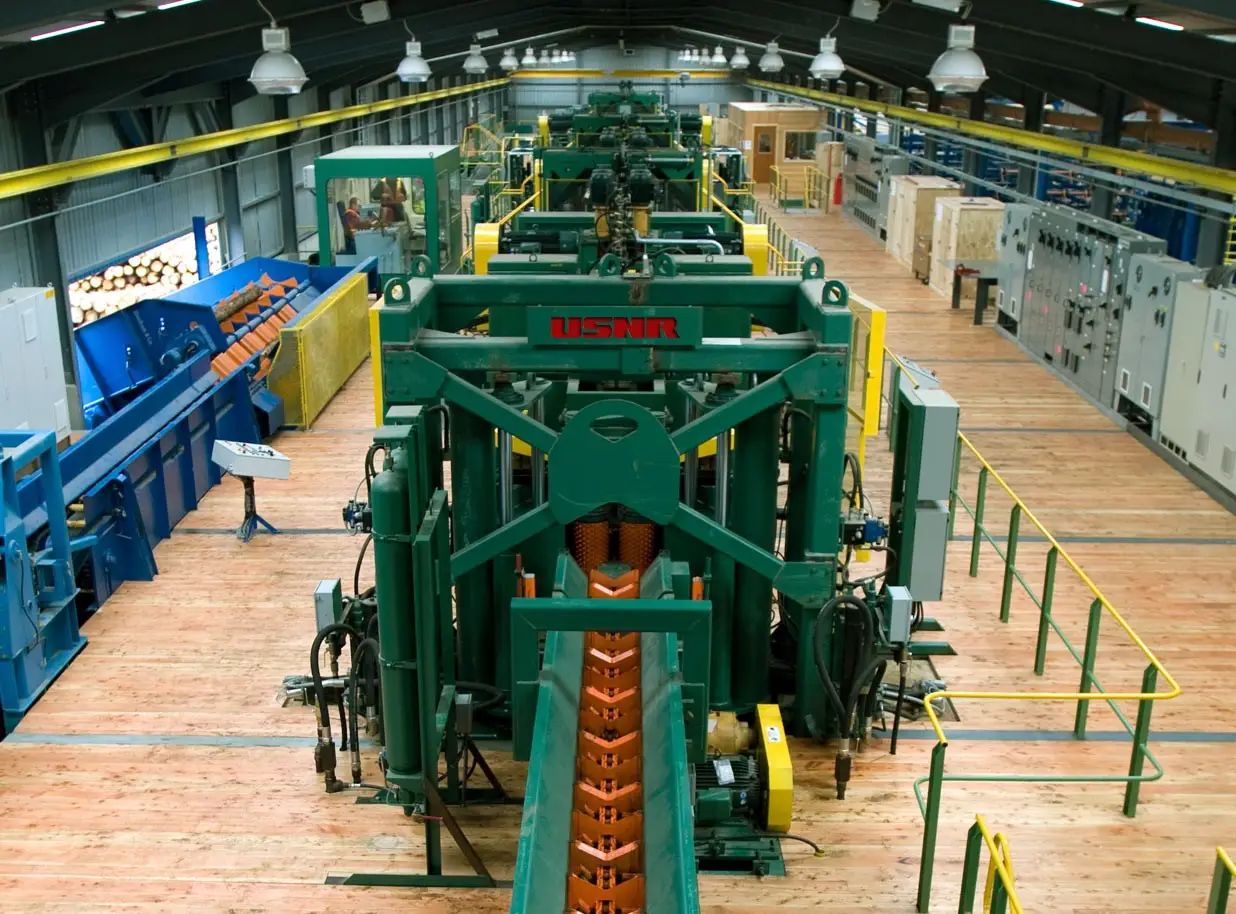West Fraser Williams Lake Sawmill Capacity Adjustment Announcement
According to the Williams Lake Tribune on April 10, 2025, West Fraser will implement a two-month four-day work week adjustment at its sawmill in Williams Lake, British Columbia, and the original five-day production plan will be reduced by 20%.
Joyce Wagenaar, West Fraser communications director, said: "Unusually warm weather this winter and delays in logging permits have led to a temporary shortage of logs. All employees have agreed to adopt a four-day work week for the next eight weeks to address supply chain challenges."
Special Notes:Officials made it clear that the adjustment had nothing to do with the current trade dispute.
LumberFlow Expert Interpretation
Key impact on Chinese importers
1. SPF supply calculation:The plant has an annual production capacity of about 450 million board feet (about 1.06 million cubic meters), mainly producing SPF (spruce-pine-fir) standard lumber for Chinese construction. Based on the 20% production reduction, exports to China are expected to decrease by 150,000-180,000 cubic meters in the next two months.
2. Price transmission mechanism:Referring to similar production cuts in Q2 2023, spot prices at Chinese ports usually rise 4-6 weeks after the North American production cut announcement, which may affect the quotations for cargoes arriving at the port in June.
3. Alternative Purchasing Window:Russia's Far East region currently has sufficient inventory (as of the end of March, Vladivostok's inventory increased by 12% year-on-year), but it should be noted that the new EU origin regulations implemented on April 15 may divert some European buyers to Canadian sources.





